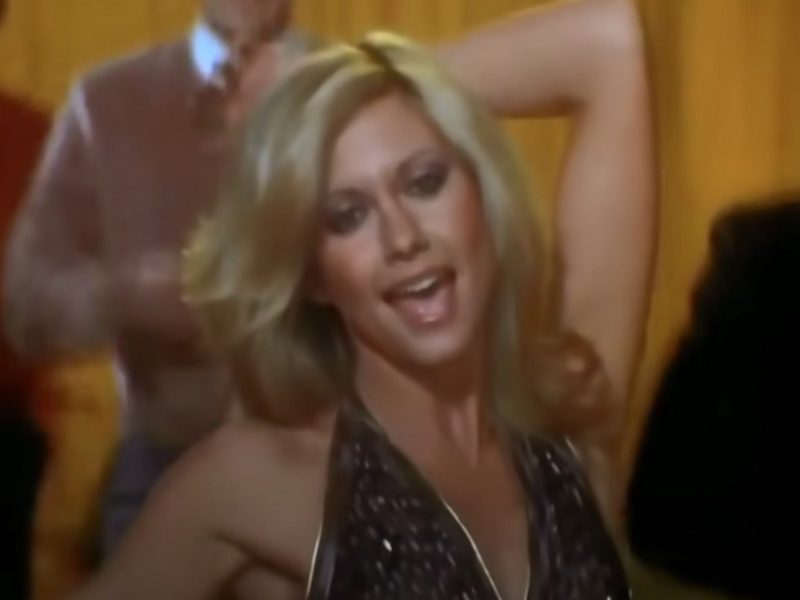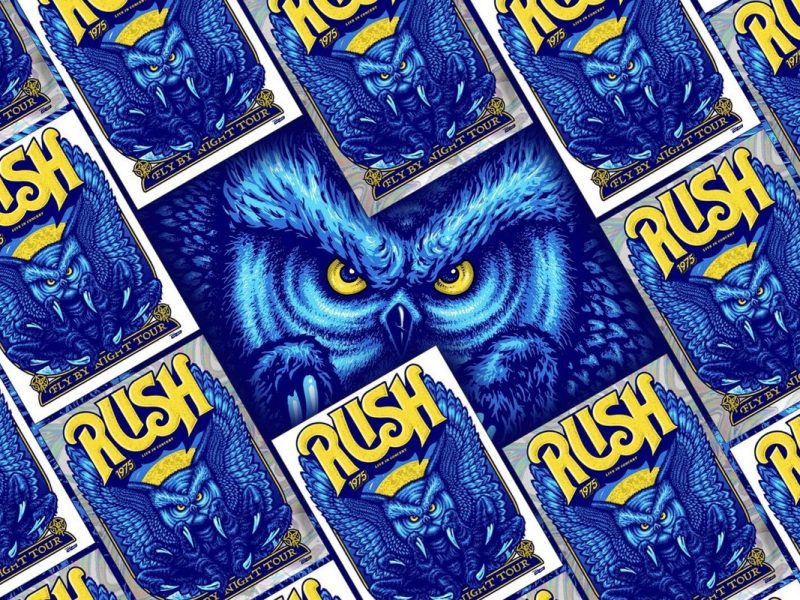A lot of things went wrong before Under a Blood Red Sky helped establish U2 as one of the ’80s’ biggest concert acts.
They’d visited Colorado’s Red Rocks amphitheater a few years before Under a Blood Red Sky arrived on Nov. 21, 1983, as the guests of local promoter Chuck Morris following a performance at Denver’s now-defunct Rainbow Music Hall. Morris reportedly told them, “You guys are going to headline here someday.”
Manager Paul McGuinness remembered the distinctive outdoor venue when it came time to tour behind U2’s embryonic success on 1983’s War. A return to Red Rocks wouldn’t be easy, and it wouldn’t be cheap, but everyone had made up their minds. “It was the first U.S. trip where a record was doing quite well,” Bono later remembered. “We were going to invest that money into documenting our victorious tour.”
READ MORE: Bono Can’t Forget His Bad Hair Day at Live Aid
They flew over Gavin Taylor (best known then as director of The Tube, an avant-garde English program) to oversee filming, and longtime producer Steve Lillywhite to handle sound. McGuinness’ experience working as a film technician on Sean Connery‘s 1973 movie Zardoz informed his decisions on how to capture everything. “It was crucial to have a real rock ‘n’ roll director and cameraman because the species did not exist in America,” McGuinness later remembered. “If you wanted a live video, you got a guy who shot football, and it looked like it.”
Then logistical problems started piling up. They endured a nightmare, for instance, trying to light the surroundings, so the gorgeous mountain scenery would be visible for an accompanying home video. Ultimately, a portion of the stage was illuminated by bonfires. McGuinness has pegged the cost of lighting alone at $40,000.
Listen to U2’s ‘Gloria’
The Weather Presented a Huge Challenge
Next, storms gathered on the scheduled night in June 1983. Temperatures plunged into the 40s before U2 began the concert, and a daylong drizzle became a show-threatening deluge. Flash-flood warnings were issued. “Everyone was really questioning the decision to stay outdoors,” Rainbow Music Hall manager David McKay told the Rocky Mountain News. “When you get tons of electrical equipment out in the weather, there’s always concerns.”
Still, no one considered canceling, not after everything that had already gone into planning this date. “The Red Rocks area was in a cloud, a rainstorm,” Bono added. “We’d paid all the camera people’s wages; we’d paid their flights over. We had to go on with the concert. We heard that [promoter] Barry Fey was coming back into town, very cross that this concert couldn’t take place at Red Rocks. We had to explain to him there was no way we could afford for it not to take place. We had all our savings invested in it. We had to do it.”
They went so far as to schedule a second show at an indoor venue on the University of Colorado campus for the next night, while Bono took to local radio in an effort to convince fans who’d already purchased tickets to brave the elements. “I said, ‘We’re going to do the show tonight at Red Rocks,'” Bono recalled. “‘If you want to come, then come, and if you don’t, then we’ll do the show over again tomorrow at CU.'”
Some 4,400 fans (out of 6,000 in advance sales) were at Red Rocks as U2 took the stage. “If only eight people turned up,” Bono quipped, “we were still going to play like our lives depended on it.” And they did, putting on a 19-song show that defined U2 as emerging stars in the run-up to “Pride (In the Name of Love)” and then The Joshua Tree.
Credit, in part, goes to the broadcast version, which created an instant mystique. Flames shot into the air around U2, creating strange shadows on the cliff faces, while mists from passing clouds imbued everything with an otherworldly quality. “You felt like you were in Ireland in the moors,” McKay told the Rocky Mountain News. “You couldn’t have scripted a better set if you were making a movie. You couldn’t have done it.”
Listen to U2’s ‘Sunday Bloody Sunday’
Despite It All, U2 Was at Their Early Best
But their troubles weren’t over. The crew captured powerful video images but, despite all of their best efforts, it seems U2 favored the sound from other shows. The album version of Under a Blood Red Sky included only two songs (the opening “Gloria,” and “Party Girl”) actually recorded at Red Rocks. Performances from Sankt Goarshausen, Germany, along with a take on “11 O’Clock Tick Tock” from Boston, round out the album. U2 also ran into trouble when Bono included a snippet of Stephen Sondheim’s “Send in the Clowns” during “The Electric Co.” without first clearing the rights. The song was subsequently edited out of the video.
U2 were at their nervy, early-era best throughout, however, offering raw-boned readings of new favorites like “I Will Follow” and “New Year’s Day.” Nothing spoke to their innate pacifism like the image – later used on the album and video cover – of Bono waving a white flag on the Red Rocks stage. It cut through whatever controversy surrounded “Sunday Bloody Sunday,” which was inspired by a 1972 massacre where English soldiers gunned down 14 unarmed protesters in Northern Ireland. (“There’s been a lot of talk about this next song,” Bono told the crowd in Germany. “Maybe too much talk.”) They found the beating heart in lesser-known moments like “11 O’Clock Tick Tock” too.
READ MORE: Watch Bono Apologize For Being Bono
It all added up to triple-platinum sales for Under a Blood Red Sky, which was also accompanied by a dramatic Showtime cable special. U2 had momentum now, and an identifiable arena-rock persona. “The visual side owes a lot to the weather being so bad,” the Edge told the Irish Sun newspaper. “If the sun had been shining, I’m sure that video would be okay, but it certainly wouldn’t suit the band in the way it does.”
Morris, the guy who first drove U2 to tour Red Rocks, had been right. “It absolutely helped break the band all over the world,” he told the Denver Post. “That video got more attention than anything I’d ever seen.”
Classic Rock’s 20 Worst Mistakes
Counting down the worst things that ever happened in classic rock.
Gallery Credit: Nick DeRiso
The Rock Supergroups You Totally Forgot



